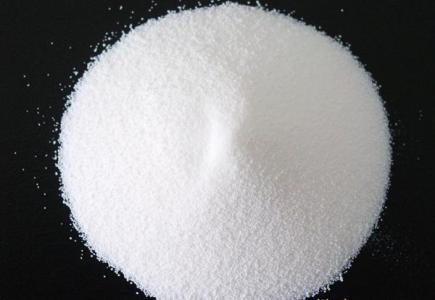1. Introduction to Magnesium Oxide Ceramics
Crystal has high chemical purity and good chemical stability. It is almost insoluble in other acids except hydrofluoric acid, has piezoelectricity and excellent optical properties.
In addition to being used for decorative materials and optical materials, crystals can be used for oscillating electric oscillating components of the circuit are also widely used in computers, televisions, clocks and so on. MgO ceramics has the main component MgO, that belongs to cubic crystal system, NaCI type structure, melting point is 2800℃, theory density 3.85g/cm3.

magnesia ceramic powder
2. Manufacturing of Magnesium Oxide Ceramics
After the MgO raw material is processed during the preparation, the ingredients are mixed according to the composition. To promote sintering and make the grains slightly longer.
To reduce the hydration tendency of the preparation, some additives can be added, such as TiO2, Al203, V205, etc.
If high-purity MgO ceramics are required, the method of adding additives cannot be used to promote sintering and grain growth. Instead, the method of activation sintering is used to calcinate Mg (OH) 2 at an appropriate temperature to obtain many crystal lattices. Defective active MgO, used to make sintered magnesium oxide ceramics. Generally, it is better to decompose Mg (OH) 2 by calcination at 1200°C.
MgO has strong chemical activity, is easily soluble in acid, and has a large hydration capacity. Therefore, the manufacturing process of MgO ceramics must consider the raw materialMgO has strong chemical activity, soluble in acid, and has a large hydration capacity. Therefore, the manufacturing process of MgO ceramics must consider the raw material.
This characteristic. In order to reduce the activity of MgO, it should be pre-fired to 1100~1300℃. The grinding lining and ball used when grinding raw materials are to be made of ceramic materials, steel balls can’t be used. Dry grinding is used to make it water repellent, and it is best to use vibration grinding to finely grind to obtain more fine particles. The forming method can adopt semi-dry pressing method, grouting method, hot die casting method and hot pressing method.
MgO ceramics are mostly produced by grouting. However, since MgO is easy to hydrate, its process is more complicated. When preparing the slurry, to prevent the MgO from contacting water, an organic liquid such as absolute ethanol must be used as the suspension medium. The widely used process are as follows: MgO raw materials are mixed with a enough distilled water to form a paste and fully hydrated into Mg (OH) 2.
After being stored for a certain period of time, it should be dried under 100℃, calcined at 1450~1600℃ in a sealed condition, and kept for 8 hours to decompose magnesium hydroxide into MgO again. Then ball mill for 45~90 hours, then add water (50%~60% of water added) and continue grinding for 70~90min. Form a suspension slurry for casting. To improve the performance of the slurry, the pH value can be adjusted to 7-8. After demolding, the blank is dried at 70°C. To quickly remove the moisture in the bad body, the humid air should be removed as soon as possible.
The firing of ceramics is carried out at a temperature of 1250℃, and then put into a corundum porcelain sagger at a temperature of 1750~1800℃. It is sintered under the holding temperature for 2h.
3. Performance and application of MgO ceramics
MgO ceramics have higher specific volume resistance at high temperature and low dielectric loss (1~2) at 20℃, 1MHz) X10-4) , the dielectric constant is 9.1. MgO is volatile above 2300℃, so it is generally used below 2200℃.
Magnesium oxide is a weakly alkaline substance, which is hardly corroded by alkaline substances and has strong corrosion resistance to alkaline metal slag. Fe, Ni, U, Th, Zn, Al, Mo, Mg, Cu, Pt, etc. do not interact with MgO. Therefore, MgO ceramics can be used as crucibles for melting metals, molds for pouring metals, and protective covers for high-temperature thermocouples. And the lining material of high temperature furnace.
Declaration: This article is provided by CERADIR™ users or obtained from Internet, the content does not represent the position of CERADIR™. We are not responsible for the authenticity/accuracy of the article, especially the effects of the products concerned. This article is for study only, it does not constitute any investment or application advice. For reprinting, please contact the original author. If it involves the copyright and/or other issues, please contact us and we will deal with it asap! CERADIR™ has the interpretation of this declaration.







